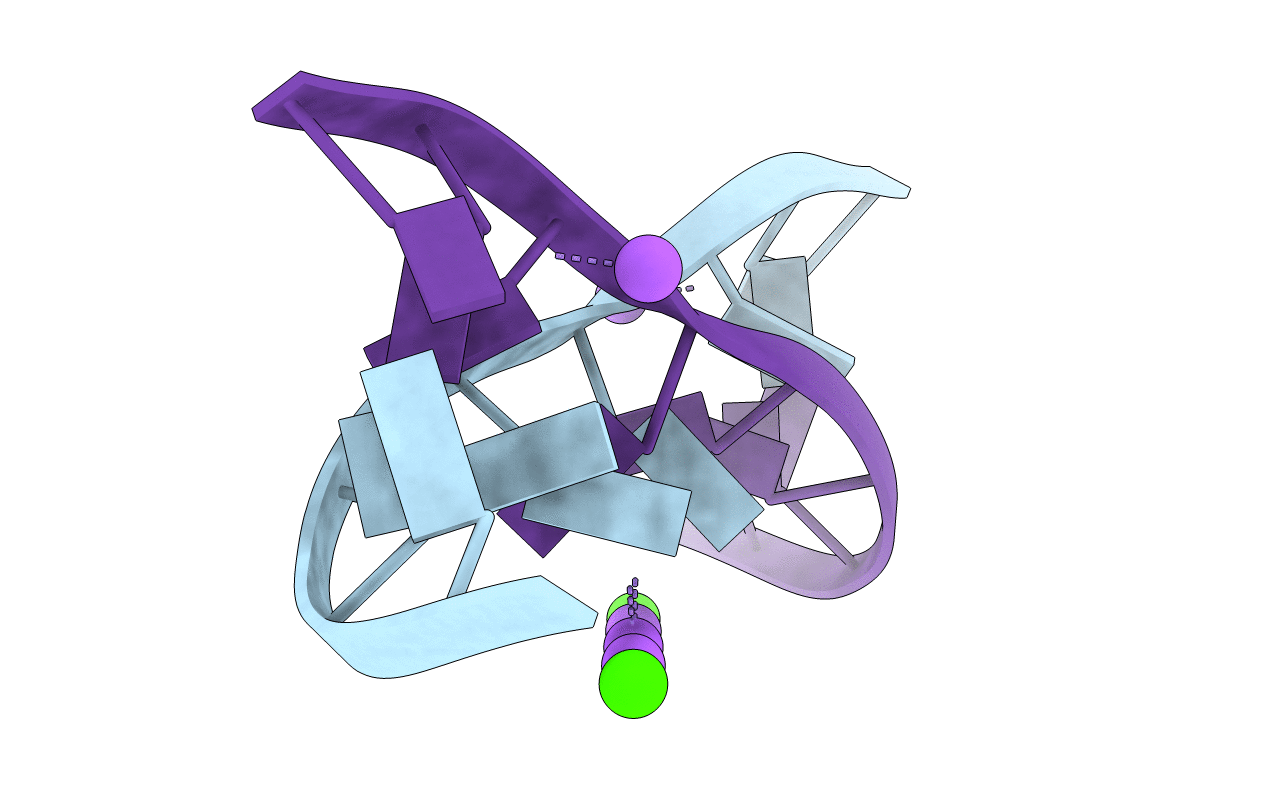
Deposition Date
2006-02-09
Release Date
2007-01-23
Last Version Date
2024-03-13
Entry Detail
Biological Source:
Source Organism:
Method Details:
Experimental Method:
Resolution:
3.60 Å
R-Value Free:
0.32
R-Value Work:
0.29
Space Group:
P 63


